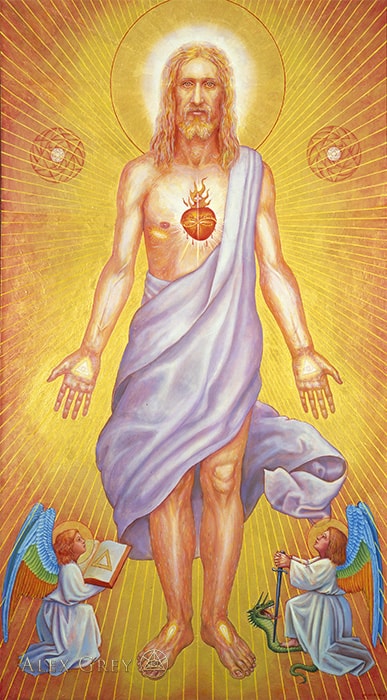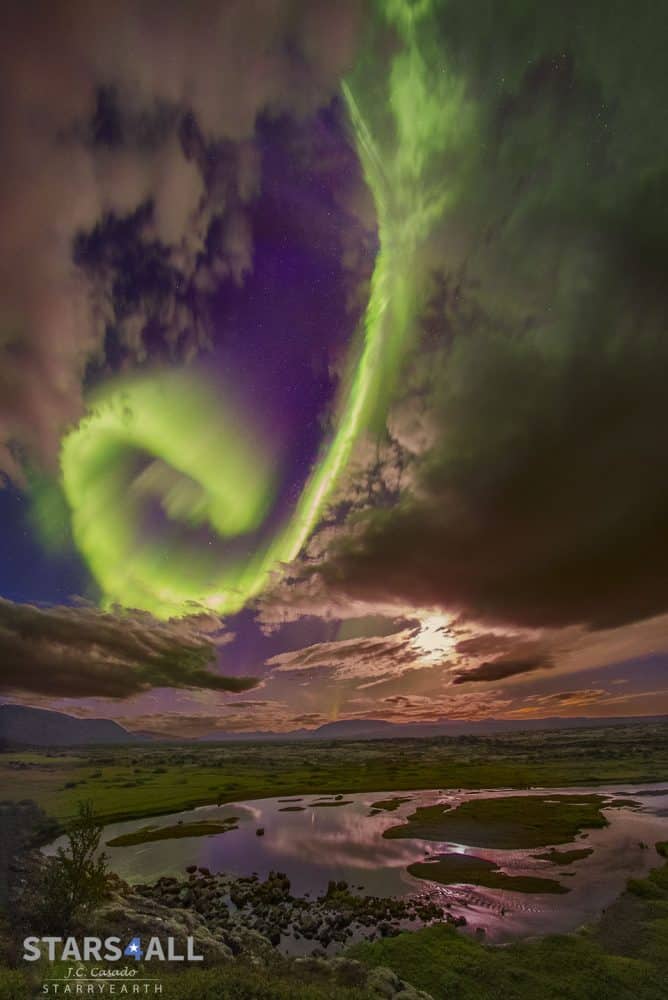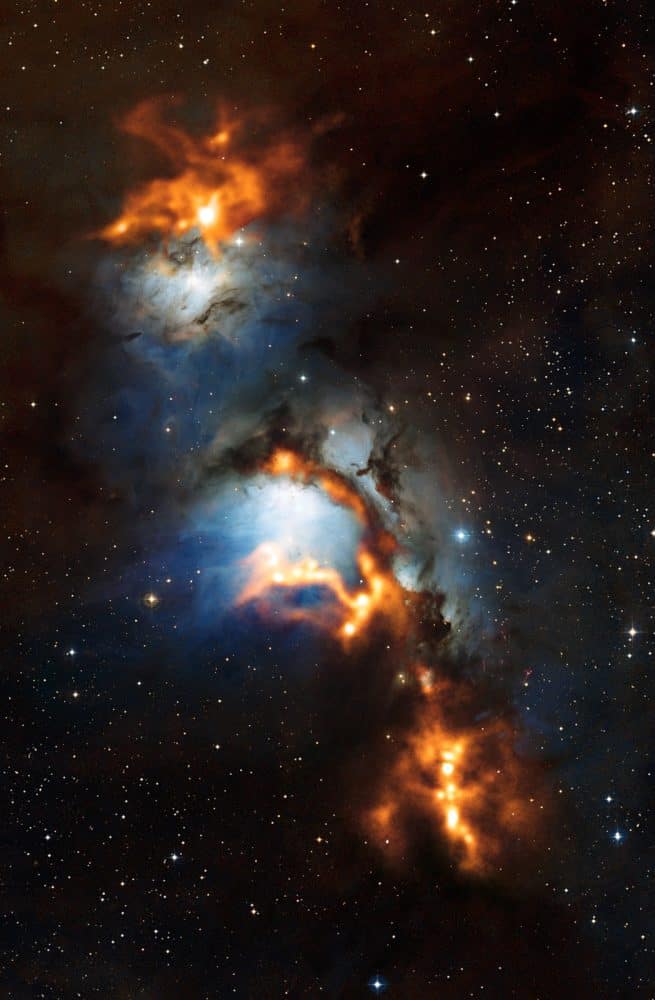Blog
Charles Edward “Cow Cow” Davenport (April 23, 1894 – December 3, 1955) was an American boogie-woogie and piano blues player as well as a vaudeville entertainer. He also played the organ and sang.
Davenport, who also made recordings under the pseudonyms of Bat The Humming Bird, George Hamilton and The Georgia Grinder, is a member of the Alabama Music Hall of Fame.
He was born in Anniston, Alabama, United States, one of eight children. Davenport started playing the piano at age 12. His father objected strongly to his musical aspirations and sent him to a theological seminary, where he was expelled for playing ragtime.
Davenport’s career began in the 1920s when he joined Banhoof’s Traveling Carnival, a medicine show. His first fame came as accompanist to blues musicians Dora Carr and Ivy Smith. Davenport and Carr performed as a vaudeville act as “Davenport & Co”, and he performed with Smith as the “Chicago Steppers”. He also performed with Tampa Red. Davenport recorded for many record labels, and was a talent scout and artist for Vocalion Records. Davenport suffered a stroke in 1938 and lost movement in his hands. He was washing dishes when he was found by the jazz pianist Art Hodes. Hodes assisted in his rehabilitation and helped him find new recording contracts.
His best-known tune was “Cow Cow Blues”. The “Cow Cow” in the title referred to a train’s cowcatcher. The popularity of the song gave Davenport the nickname “Cow Cow.” In 1953, “Cow Cow Blues” was an influence on the Ahmet Ertegün-written “Mess Around” by Ray Charles,[citation needed] which was Charles’s first step away from his Nat “King” Cole-esque style, and into the style he would employ throughout the 1950s for Atlantic Records.
https://www.youtube.com/watch?v=D_40mGvLL9k
more...
https://www.youtube.com/watch?v=2RG9qBzHHrQ
more...Spiral galaxy M101 is a giant with a diameter on the order of 170,000 light-years. It lies in the constellation Ursa Major the Great Bear some 23 million light-years away. The Pinwheel Galaxy (also known as Messier 101, M101 or NGC 5457) is a face-on spiral galaxy distanced 21 million light-years (six megaparsecs) away from Earth in the constellation Ursa Major. Discovered by Pierre Méchain on March 27, 1781, it was communicated to Charles Messier who verified its position for inclusion in the Messier Catalogue as one of its final entries.
more...Paul Laurence Dunbar Chambers, Jr. (April 22, 1935 – January 4, 1969) was a jazz double bassist. A fixture of rhythm sections during the 1950s and 1960s, his importance in the development of jazz bass can be measured not only by the extent of his work in this short period, but also by his impeccable timekeeping and intonation, and virtuosic improvisations. He was also known for his bowed solos. Chambers recorded about a dozen albums as a leader or co-leader, and as a sideman, notably as the anchor of trumpeter Miles Davis‘s “first great quintet” (1955–63) and with pianist Wynton Kelly (1963–68).
Lorenzo Aitken (22 April 1927 – 17 July 2005), better known by the stage name Laurel Aitken, was an influential Caribbean singer and one of the pioneers of Jamaican ska music. He is often referred to as the “Godfather of Ska”. Born in Cuba of mixed Cuban and Jamaican descent, Aitken and his family settled in Jamaica in 1938. After an early career working for the Jamaican Tourist Board singing mento songs for visitors arriving at Kingston Harbour, he became a popular nightclub entertainer. His first recordings in the late 1950s were mento tunes such as “Nebuchnezer”, “Sweet Chariot” (aka the gospel classic “Swing Low, Sweet Chariot”) and “Baba Kill Me Goat”. Aitken’s 1958 single “Boogie in My Bones”/”Little Sheila” was one of the first records produced by Chris Blackwell and the first Jamaican popular music record to be released in the United Kingdom. Other more Jamaican rhythm and blues orientated singles from this period include “Low Down Dirty Girl” and “More Whisky” both produced by Duke Reid.
https://www.youtube.com/watch?v=kmI6Ml43Wfw
more...Charles Mingus Jr. (April 22, 1922 – January 5, 1979) was an American jazz double bassist, pianist, composer and bandleader. A major proponent of collective improvisation, he is considered to be one of the greatest jazz musicians and composers in history, with a career spanning three decades and collaborations with other jazz legends such as Louis Armstrong, Duke Ellington, Charlie Parker, Dizzy Gillespie, Dannie Richmond, and Herbie Hancock.
Mingus’ compositions continue to be played by contemporary musicians ranging from the repertory bands Mingus Big Band, Mingus Dynasty, and Mingus Orchestra, to the high school students who play the charts and compete in the Charles Mingus High School Competition. In 1993, The Library of Congress acquired Mingus’s collected papers—including scores, sound recordings, correspondence and photos—in what they described as “the most important acquisition of a manuscript collection relating to jazz in the Library’s history”.
Charles Mingus was born in Nogales, Arizona. His father, Charles Mingus Sr., was a sergeant in the U.S. Army. Mingus was largely raised in the Watts area of Los Angeles. His maternal grandfather was a Chinese British subject from Hong Kong, and his maternal grandmother was an African-American from the southern United States. Mingus was the third great-grandson of the family’s founding patriarch who was, by most accounts, a German immigrant. His ancestors included German American, African American, and Native American.
https://www.youtube.com/watch?v=5STaUWmh9bw
more...The beauty is the aurora overhead, here taking the form of great green spiral, seen between picturesque clouds with the bright Moon to the side and stars in the background. The beast is the wave of charged particles that creates the aurora but might, one day, impair civilization. In 1859, following notable auroras seen all across the globe, a pulse of charged particles from a coronal mass ejection (CME) associated with a solar flare impacted Earth’s magnetosphere so forcefully that they created the Carrington Event. A relatively direct path between the Sun and the Earth might have been cleared by a preceding CME. What is sure is that the Carrington Event compressed the Earth’s magnetic field so violently that currents were created in telegraph wires so great that many wires sparked and gave telegraph operators shocks. Were a Carrington-class event to impact the Earth today, speculation holds that damage might occur to global power grids and electronics on a scale never yet experienced. The featured aurora was imaged in 2016 over Thingvallavatn Lake in Iceland, a lake that partly fills a fault that divides Earth’s large Eurasian and North American tectonic plates.
more...Locksley Wellington “Slide” Hampton (born April 21, 1932) is an American jazz trombonist, composer and arranger. Described by critics as a master composer, arranger and uniquely gifted trombone player, Hampton’s career is among the most distinguished in jazz. As his nickname implies, Hampton’s main instrument is slide trombone, but he also occasionally plays tuba and flugelhorn.
At the age of 12, Slide played in his family’s Indianapolis jazz band, The Duke Hampton Band. By 1952, at the age of 20, he was performing at Carnegie Hall with the Lionel Hampton Band. He played with the Buddy Johnson‘s R&Bband from 1955–1956, then became a member of Maynard Ferguson‘s band (1957–1959), where he played and arranged, providing excitement on such popular tunes as “The Fugue,” “Three Little Foxes” and “Slides Derangement.” In 1958, he recorded with trombone masters on the classic release of Melba Liston, “Melba Liston and Her ‘Bones”. As his reputation grew, he soon began working with bands led by Art Blakey, Tadd Dameron in 1969, Barry Harris, Thad Jones, Mel Lewis, and Max Roach, contributing both original compositions and arrangements. In 1962, he formed the Slide Hampton Octet, with horn players Freddie Hubbard, and George Coleman. The band toured the U.S. and Europe and recorded on several labels.
more...James Mundell Lowe (April 21, 1922 – December 2, 2017) was an American jazz guitarist who worked often in radio, television, and film, and as a session musician.
He produced film and TV scores in the 1970s, such as the Billy Jack soundtrack and music for Starsky and Hutch, and worked with André Previn‘s Trio in the 1990s.
The son of a Baptist minister, Lowe grew up on a farm in Shady Grove, Mississippi, near Laurel. He started playing guitar when he was eight years old, with his father and sister acting as his first teachers. When he was thirteen, he began running away from home to play in bands. Occasionally his father would find him, bring him home, and warn him about the dangers of whiskey. At sixteen, Lowe worked in Nashville on the Grand Ole Opry radio program. He was a member of the Jan Savitt orchestra before serving in the military during World War II.
At basic training, he became friends with John Hammond, who organized weekend jam sessions. He performed in an Army dance band while in Guadalcanal. After his discharge, he called Hammond, looking for work, and Hammond sent him to Ray McKinley.[1] He spent two years with McKinley’s big band in New York City. He joined the Benny Goodman orchestra, then worked intermittently for the next few years at Café Society and other clubs in New York.
In 1950, he was hired by NBC as a staff musician. He and Ed Shaughnessy were members of the Today Show band for over ten years. Lowe acted in an episode of the Armstrong Circle Theatre television show that included Walter Matthau and live music by Doc Severinsen.
On the weekends he played jazz, sometimes getting permission from NBC to leave for six-month periods. In the jazz world he played with Jimmy Dorsey and Tommy Dorsey, Bill Evans, Billie Holiday, Red Norvo, Charles Mingus, Charlie Parker, Sauter-Finegan Orchestra, and Lester Young. He composed and arranged for NBC. He was responsible for introducing pianist Bill Evans to record producer Orrin Keepnews, resulting in Evans’s first recordings as a leader.
more...https://www.youtube.com/watch?v=Lf6xw3MLRL4
more...Community Band rehearsal at East Phillips Park 2307 17th Ave S, Minneapolis 1-3pm Mayday Parade Band
more...This image of the region surrounding the reflection nebula Messier 78, just to the north of Orion’s belt, shows clouds of cosmic dust threaded through the nebula like a string of pearls. The submillimetre-wavelength observations, made with the Atacama Pathfinder Experiment (APEX) telescope and shown here in orange, use the heat glow of interstellar dust grains to show astronomers where new stars are being formed. They are overlaid on a view of the region in visible light.
Messier 78 or M 78, also known as NGC 2068, is a reflection nebula in the constellation Orion. It was discovered by Pierre Méchain in 1780 and included by Charles Messier in his catalog of comet-like objects that same year.
M78 is the brightest diffuse reflection nebula of a group of nebulae that includes NGC 2064, NGC 2067 and NGC 2071. This group belongs to the Orion B molecular cloud complex and is about 1,350 light-years distant from Earth. M78 is easily found in small telescopes as a hazy patch and involves two stars of 10th and 11th magnitude. These two B-type stars, HD 38563 Aand HD 38563 B, are responsible for making the cloud of dust in M78 visible by reflecting their light.
more...Stephen Robert Nesta “Raggamuffin” Marley (born April 20, 1972) is a Jamaican-American musician who is the son of Bob Marley and his wife Rita Marley. Stephen is an eight-time Grammy Award winner, three times as a solo artist, twice as a producer of younger brother Damian Marley’s ‘Halfway Tree’ and ‘Welcome to Jamrock’ albums, and a further three times as a member of Ziggy Marley & The Melody Makers.
His 2011 album Revelation Pt. 1 – The Root of Life won the Grammy Award for Best Reggae Album in 2012. The follow-up, Revelation Pt. 2 – The Fruit of Life was released on July 22, 2016.
In his self-produced solo albums Mind Control (2007), Mind Control Acoustic (2008), Revelation Part I: The Root of Life (2011) and Revelation Part II: The Fruit of Life (2016) Stephen has displayed artistic creativity previously associated with American legends such as Stevie Wonder and Prince; where the artiste composes and produces all the songs on his album, and plays a variety of the musical instruments himself.
more...Ernesto Antonio “Tito” Puente (April 20, 1923 – May 31, 2000) was an American musician, songwriter and record producer. The son of Ernest and Ercilia Puente, native Puerto Ricansliving in New York City’s Spanish Harlem, Puente is often credited as “The Musical Pope”, “El Rey de los Timbales” (The King of the Timbales) and “The King of Latin Music”. He is best known for dance-oriented mambo and Latin jazz compositions that endured over a 50-year career. He and his music appear in many films such as The Mambo Kings and Fernando Trueba‘s Calle 54. He guest-starred on several television shows, including Sesame Street and The Simpsons two-part episode “Who Shot Mr. Burns?“. His most famous song is “Oye Como Va“.
Tito Puente was born on April 20, 1923, at Harlem Hospital Center in the New York borough of Manhattan. His family moved frequently, but he spent the majority of his childhood in the Spanish Harlem area of the city. Puente’s father was the foreman at a razorblade factory.
more...More Posts
- World Fusion The Bolokos feat. Fanswa Ladrezeau – Kouté Pou Tann
- Daily Roots Tappa Zukie
- Happy 4/20 Day 2024
- Cosmos M82
- Stephen Marley
- Tito Puente
- Lionel Hampton
- World Music Trio Mandili
- Daily Roots Norris Reid
- Shabbat for the Soul Mt Zion
- Cosmos NGC 3372
- Dudley Moore
- Eddie Kramer
- Flamenco Fridays Curro Malena y Juan Habichuela
- Daily Roots Bunny Wailer
- Rhythm Roots Workshop Ecumen North Branch Senior Living
- Cosmos NGC 1232
- Danny Gottlieb
- “Little Brother” Montgomery
- Leo Parker




